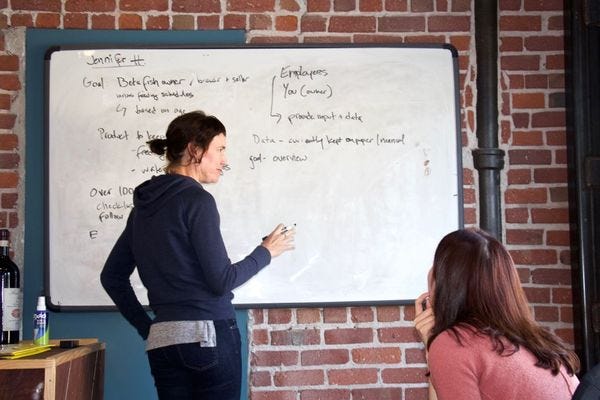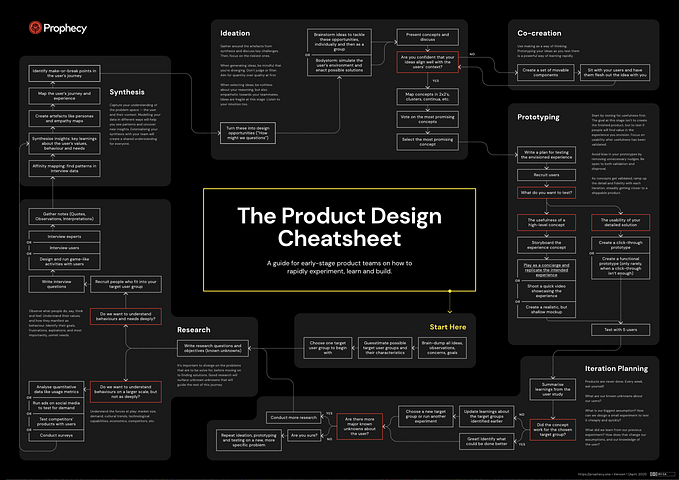Member-only story
How to ace your product design whiteboard challenge

UPDATE May 2022: this article is a bit outdated but it still serves its purpose for collaborative whiteboard challenges (the other is blue-sky). Here’s my most updated collaborative whiteboard challenge tutorial.
I run a meetup in San Francisco for product design exercises. One of the most requested workshops I’ve done is tackling whiteboard challenges. I filmed two videos (tutorial and demo), but I decided to write this article for those who like to read. I’ll go over how I approach a whiteboard challenge, which is solving a problem on a whiteboard with someone playing the client, with how I plan my framework. Keep in mind, this is how I approach them, but constraints and scope can change based on your own strengths and interviewers.
Whiteboard challenges are usually an hour, so it can seem quite daunting. However, they can be quite fun! From doing them, I’ve learned to become a better communicator and storyteller. I’ll share my fundamentals.
Without further ado, let’s get started.
First and foremost, collaborative whiteboarding is storytelling, weaved with engagement from the interviewer. You are asking questions, writing, thinking, and talking out loud.
Here’s how I break my hour down:
- Understanding the problem (~30m): Listen, ask, write.
- Brainstorming ideas (~20m): This is where you start storySELL (storytell + selling). May seem a little controversial as I haven’t seen other articles mentioning it, and selling has this crummy feeling attached to it… but selling is commonly misunderstood — it’s about listening and understanding your customer’s needs then showing them how you solved their needs.
- Proposing solution(s) (5–10m): Close.
I want to emphasize here about the process, how you got to the solution, not actually solving the problem in an hour. I’ve gotten this feedback on practically all my whiteboard challenges in interviews.
Usually, the interviewer plays a client who presents you with their story and the product or business problem they want you to solve. This can be on a macro level like: HCW improve the transportation system OR micro level like designing a better experience for users to check in…








